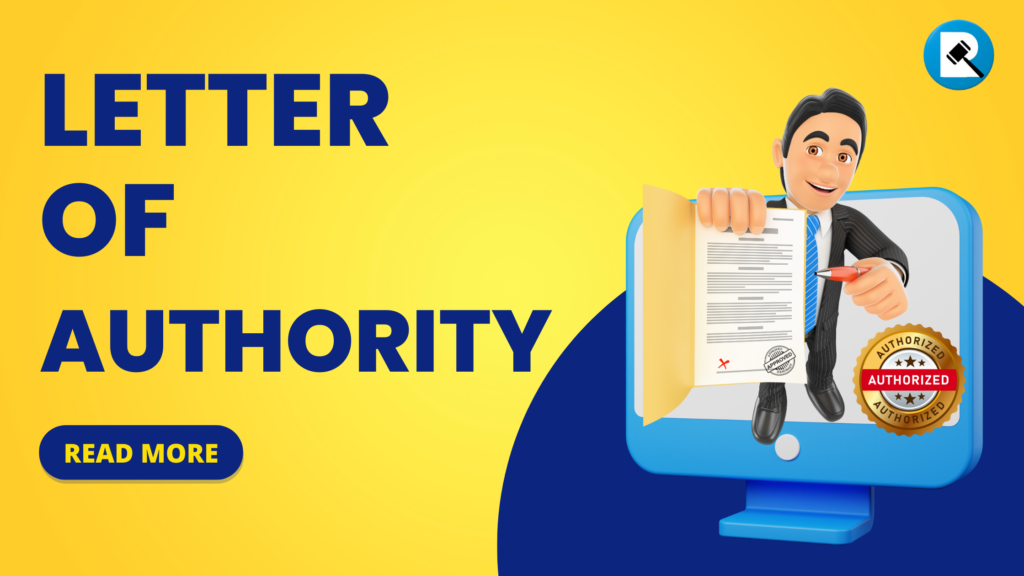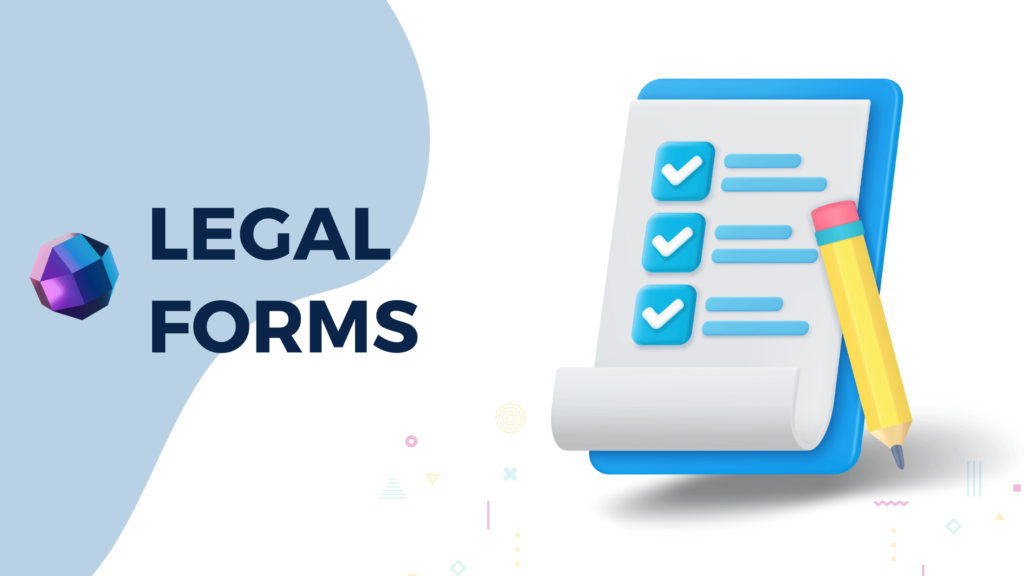Table of Contents
Driver Authorization
The Letter of Authority (Driver Authorization) in terms of Section 197 & 198 of MV Act, 1988, generated through UDIN will be an equally acceptable document as maually issued and notarized Letter of Authority. Thus, the generation of Letter of Authority through UDIN Portal will be an optional provision, avialable at the fingerprints of the Citizens for ease of use and better governance.
In an era marked by technological advancements, the state of West Bengal has embraced digitalization in its administrative processes, particularly in the realm of vehicle authorization. With the implementation of an online authorization system, the state aims to streamline the process, making it more accessible and efficient for its citizens. However, as with any new system, many individuals may have questions and uncertainties regarding the authorization of their vehicles. This guide aims to address those concerns by providing a comprehensive overview of the required documents and step-by-step instructions to complete the vehicle authorization process online.
Required Documents:
- Owner’s Aadhar Number: This unique identification number issued by the Government of India serves as a primary document for identity verification.
- Owner’s Phone Number: The mobile number linked with the owner’s Aadhar is essential for receiving One Time Passwords (OTPs) and logging in to the online platform.
- Vehicle Registration Number: The registration number of the vehicle being authorized is necessary for identification purposes.
- Driver’s License Details: This includes the driver’s license number, name, address, date of birth, and a soft copy of the driver’s photo within 500 KB. These details are required to associate the driver with the authorized vehicle.
Steps to Complete the Authorization Process:
- Open the Website: Visit https://anumodan.wb.gov.in to access the online authorization platform.
- Registration: Click on the “Register” button located at the top right corner of the website to create an account.
- Enter Aadhar Number: Provide the owner’s Aadhar number and click on “GET OTP” to receive a One Time Password on the mobile linked with the Aadhar.
- OTP Verification: Enter the OTP received on the mobile and verify the Aadhar number.
- Provide Phone Number: Enter the owner’s phone number, which will serve as the login ID associated with the Aadhar information. No password is required, as OTP will be used for authentication.
- Generate Driver Authorization Letter: Once logged in, click on “Generate Driver Authorization Letter” to initiate the authorization process.
- Consent and OTP: Tick the consent box and enter the owner’s Aadhar number again. Click on “Get OTP” to receive another OTP for verification.
- Verification and Authorization: Enter the OTP received and verify the details provided, including the owner’s name, address, date of birth, and photo. Select the authorization type and jurisdiction, and enter the vehicle registration number to retrieve vehicle details.
- Driver Details: Enter the driver’s driving license number and proceed to provide their name, address, date of birth, and upload a photo. Tick the declaration box and submit the information.
- Payment: Review the provided details and proceed to pay the authorization fee of Rs. 100/- indicated in green. Payment can be made through the SBI payment gateway using various options, including QR code from UPI.
- Confirmation: Once payment is completed, wait for confirmation that your payment has been received. The system may take a few moments to process.
- Certificate Download: After payment confirmation, download the authorization certificate. If immediate download is not possible, log in later and retrieve the certificate from “Authorization Letters Generated.”
By following these steps, individuals can navigate West Bengal’s digital vehicle authorization system with ease, ensuring compliance with legal requirements and facilitating a smoother process for all parties involved.


